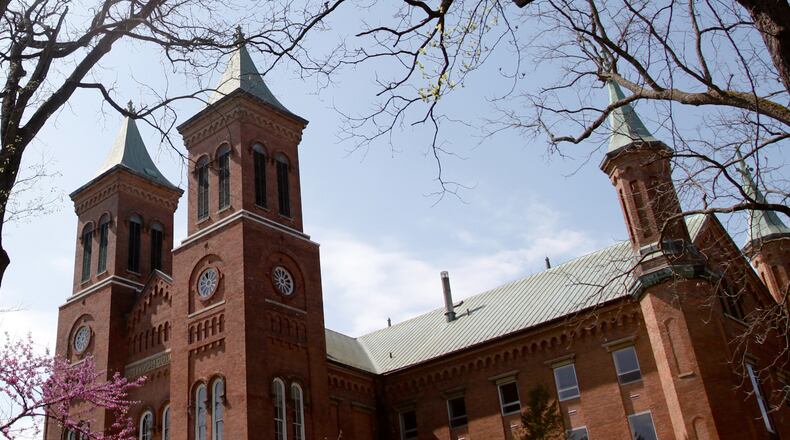Nationally, overall college enrollment was down 2.5% in fall 2020 ― two times the 2019 rate ― according to the Clearinghouse. Freshman enrollment and community colleges ― which tend to have large minority enrollment ― saw the steepest decline. However, graduate school enrollment was up, the Clearinghouse reported.
In November the organization reported that undergraduate enrollment was down 4.4% nationwide, and graduate enrollment was up 2.9%, compared to the same period in 2019. Community college enrollment was down 9.4% compared to their pre-pandemic loss of 1% between fall 2018 and 2019.
Hardships brought on by the COVID-19 and the recession are blamed for the widening enrollment gap.
“As the fall semester comes to a close, the impact of the pandemic seems to be disproportionately affecting disadvantaged students by keeping them out of college,” said Doug Shapiro, the Clearinghouse’s executive director.
In all, postsecondary enrollment fell from 17.9 million students in 2019 to 17.5 million students in 2020, according to the Clearinghouse. The group’s data is based on nearly 14 million enrolled students from more than 76% of postsecondary institutions that report to them.
Ohio schools have had declining enrollment for the past decade. This year Ohio schools saw 6.3% fewer college students this fall compared to a .9% decline in 2019, the Clearinghouse said, noting that the data may be slightly off because one large community college in the state had not submitted its data.
Locally, Wright State University, which is the largest public four-year institution in the area, was down about 1,500 students this fall, compared to 2019. Sinclair Community College’s fall enrollment was relatively flat, compared to last fall.
Central State and Wilberforce universities, both Historically Black Colleges and Universities, also saw enrollment declines compared to fall 2019.
Three area private institutions ― Cedarville, UD and Antioch ― all bucked the national fall enrollment trend. Combined, the institutions added 420 students.
The majority of area colleges say they do not have final spring enrollment numbers at this time. But although they expect to add some new and transfer students, the spring enrollment will likely be similar to the fall’s, they said.
As of Thursday, 4,284 students, including 212 new and transfers, had enrolled for the spring semester at Cedarville. However, that number is expected to increase as the school continues to register students, officials said.
Wright State’s hybrid learning schedule ― 70% remote and 30% in-person ― this fall has impacted the school’s spring registrations, Spokesman Seth Bauguess said. Juggling a fully remote course load this semester has been challenging for some students, and that has led some to register for a lighter load in the spring, he said.
Another group of students say they intend to register for a full course load, but they’ve delayed registering for classes until after the fall semester. That’s because of the challenges of adjusting to a fully or mostly remote term, Bauguess said.
“This is in contrast to previous years where more students registered for Spring courses before fall semester concluded,” he said.
Wright State’s spring instruction model will mirror this semester’s. While they expect summer and fall 2021 delivery schedules to remain flexible, the goal is for “a greater variety of in-person, hybrid and delivery-mode optional courses.”
About the Author
